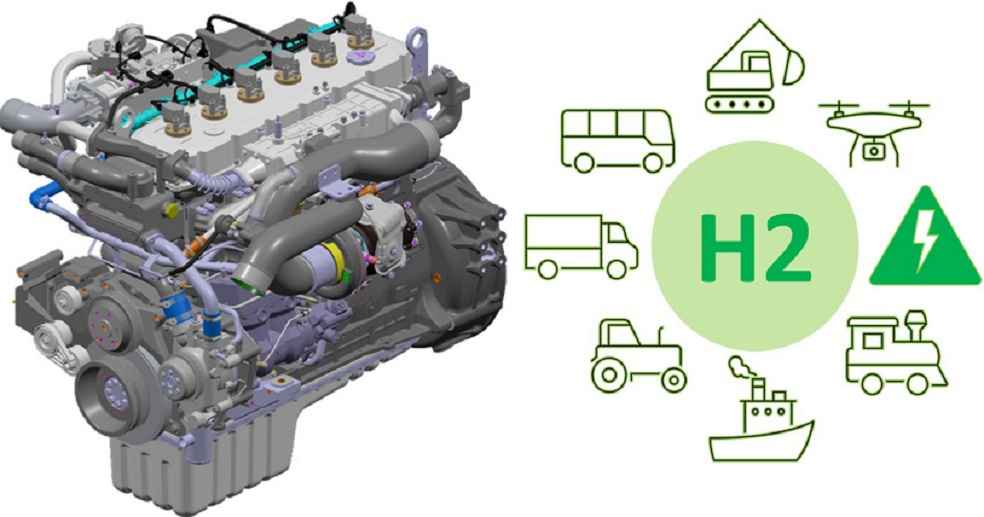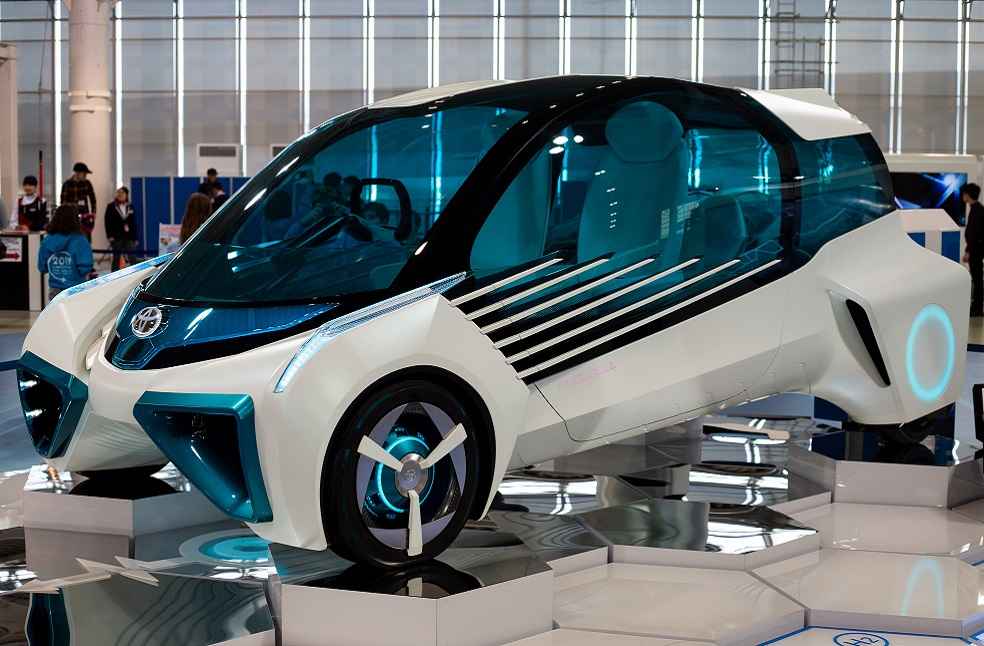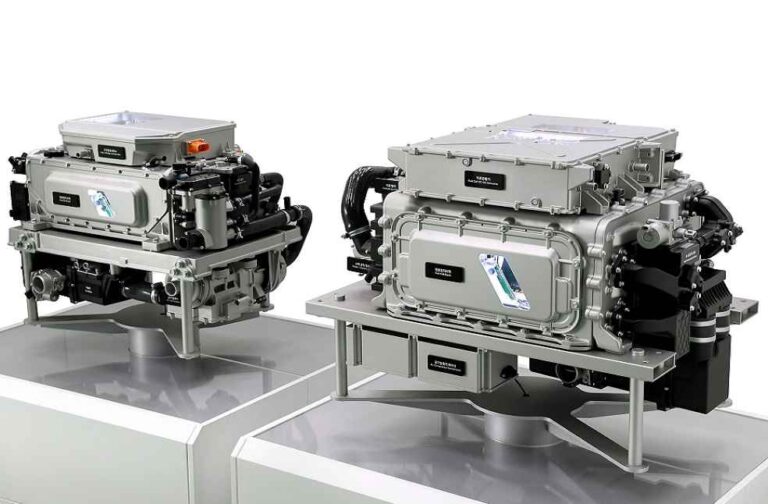The transition towards greener fuels has ushered a modern day ‘encounter’ between battery-electric and hydrogen fuel technologies, especially in the realm of Green Heavy-Duty Transport. However, emerging from the shadows of this debate, Hydrogen Internal Combustion Engines (H2ICEs) are gaining traction as a viable bridge towards a more sustainable heavy-duty road transportation sector.
Proponents argue that transitioning from fossil fuels to hydrogen within internal combustion engines is a feasible step. Despite the evident momentum, several intricacies surrounding H2ICEs continue to pose challenges.
Recently, the allure of e-fuels revived interest in the potential of internal combustion engines, hinting at a possibility of seamlessly blending historical mechanical marvels with contemporary eco-friendly technologies.

A global shift is palpable as stakeholders within the transport sector and policymakers are increasingly advocating for a fusion of hydrogen and internal combustion technologies. Among the automotive giants, Toyota remains a staunch investor in hydrogen technology for passenger vehicles, alongside minor advancements in fuel cell technology.
The course of action from other players like BMW, Hyundai, and Honda reflect a mixed bag of enthusiasm towards hydrogen fuel technology, with the limelight often stolen by the more palpable advancements in battery technology.
The vicissitude surrounding hydrogen technology isn’t merely confined to passenger vehicles. A critical aspect of the discourse extends to the more than 1.3 billion cars globally alongside heavy-duty vehicles such as trucks, buses, and an array of machinery pivotal to agriculture, construction, and mining industries. With diesel engines being the heart of these heavy-duty machines, they account for a significant portion of transportation-related pollution.

When ignited within a combustion engine, hydrogen can achieve an efficiency of 20-25%, nearly half of what diesel fuel offers. The dynamics of hydrogen-air mixture and the ignition characteristics necessitate a tailored design for injection systems, combustion systems, and exhaust treatment.
H2ICEs, while not zero-emission, promise to dramatically cut down emissions, aligning with the ambitious reduction targets envisaged by e-fuels. The metamorphosis in emission standards by the European Commission further accentuates the narrative. Despite the inherent challenges, European car manufacturers are propelled to explore ICEs beyond 2035, granted e-fuels power them.
A promising venture surfaced from the EU-funded H2Engine project where KEYOU, a German company, emerged with a solution to morph conventional diesel engines into cleaner hydrogen-fueled variants. Furthermore, American corporation Cummins has forayed into the realm by providing hydrogen internal combustion engines for heavy-duty vehicles.

The global tug towards decarbonization underscores the urgency to adapt. The conversation surrounding passenger cars often overshadows the quintessential task of revamping the heavy-duty transport sector. Utilizing hydrogen as fuel for large engines suddenly catapulted to a top-tier priority, potentially offering a quicker, less capital-intensive method to curtail emissions compared to transitioning to electric or fuel-cell-powered alternatives.
Nevertheless, a broader consensus emphasizes the transient nature of H2ICEs. As a stepping stone, H2ICEs ought to clear the path for fuel cells, and not morph into a long-term alternative. The majestic journey of internal combustion engines has been significant in propelling technological evolution, akin to the role played by fossil fuels. Yet, the imperative for ecological sustainability beckons a farewell to the old guard, embracing the dawn of cleaner, greener technologies.
NEW LAUNCH | Mercedes-Benz Electrifies India with New EQE SUV Launch!





